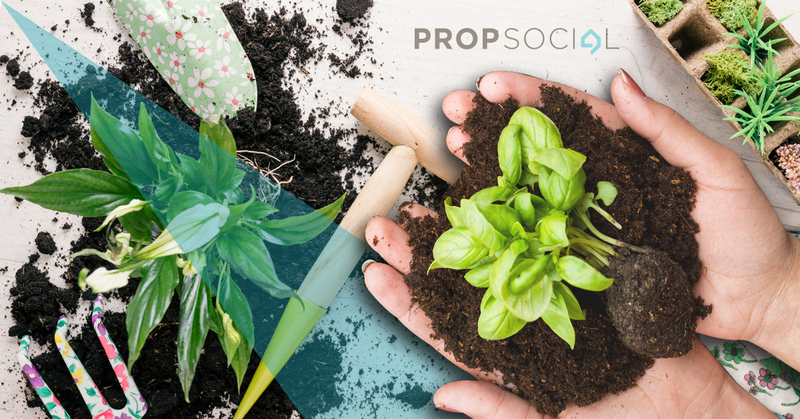
Seeds are a common means of propagating plants in abundance as it is easily sourced, can be obtained in large numbers and is cheap. Getting a seed to germinate indoors is easy, however, ensuring that the seedling grows sturdily, keeping it alive and growing optimally is the real challenge. Take a glance at some of the most common mistakes made when growing seeds indoors.
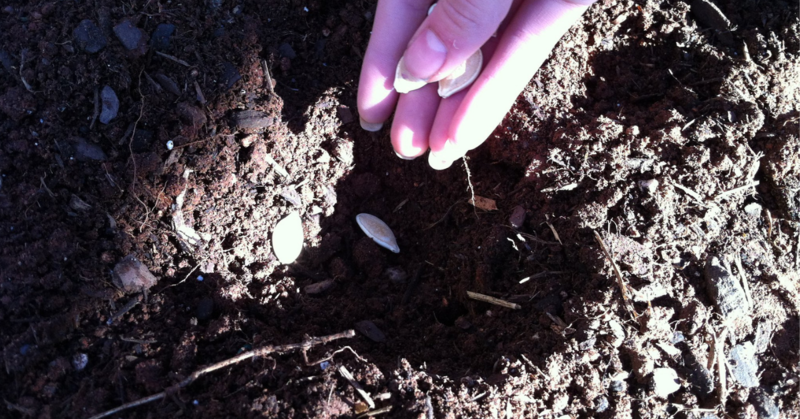
Source: Flickr.com
Seed Planting Depth
You may not have known prior but it is extremely important to plant a seed at just the right depth so that they will be able to germinate successfully. Certain plant seed varieties need less light while others prefer it in abundance. Information like this can be retrieved online, from experienced growers and at times on the packet that the seeds come packaged in, especially if you retrieve your seeds from a store or plant nursery.
In cases in which no information is available, you could simply plant a seed twice or three times as deep in a pot in relation to the seed width. When it comes to seeds that require light to germinate, place the seed on top of the planting medium (soil) and push it into the soil ensuring that the seed is not fully buried.
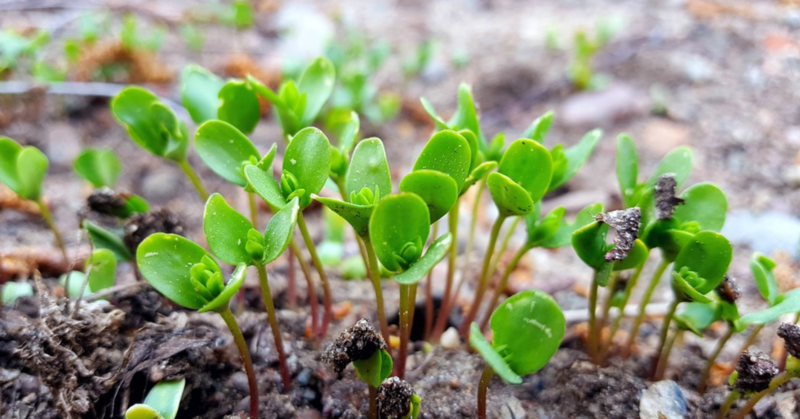
Source: Maxpixel.net
Planting Several Seeds at a Go
Commonly when you look at adult plant images, you would usually be awed by adult plants that thrive in shrubs or planted close together creating a rich and lush appearance, however, one must remember that it is best to keep one seed to a pot when propagating, ensuring that each seed gets equal nutrients.
If you buy several seeds at a go one may feel like placing many seeds in one pot but this may stunt the young plants' growth. If you are a beginner always remember to work in baby steps. If you have a larger pot, plant the seeds a few centimetres away from the next to ensure that a pot doesn't get too congested and each plant has enough space to thrive.
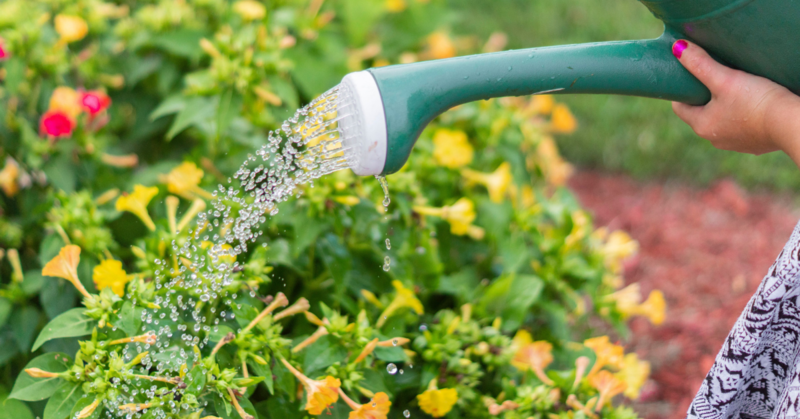
Source: Pexels.com
Under or Over Watering
Skimping or being too generous with regard to watering seedlings may result in the failure of it to survive. This factor is one of the most important aspects that gardeners should first master prior to or during an attempt of growing a plant from a seed. The best rule of thumb is to keep the soil in which your seedlings are planted damp, but not soaked.
Some of the steps that you could take to ensure that a plant survives is to water from the pot base and allow water to seep into the pot through small holes under the pot, buy a self-watering system, checking the progress of your plant daily and covering a pot with a small translucent plastic bag until a seed successfully germinates.
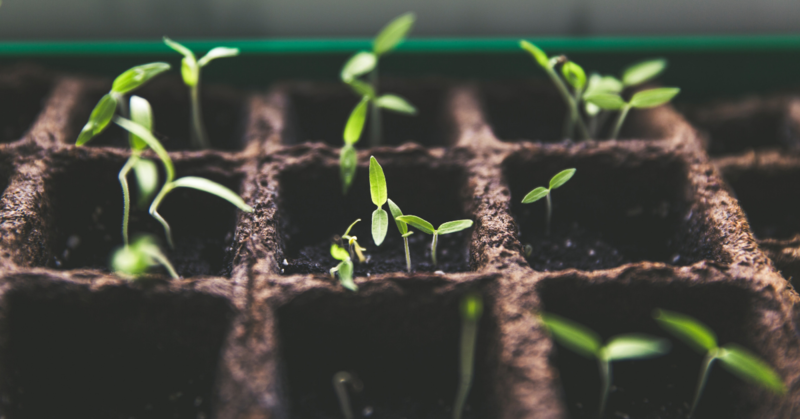
Source: Unsplash.com
Bringing Outdoors Too Early
Rushing your plants to be placed outside could prove to be disastrous to seedlings, especially when they are too young. If you decide to do it anyway, the young plant could become weakened and may eventually die; except for certain plants that are hardier than others.
One should always remember that though plants seem hardy, extra love and care during its starter stages can go a long way! Post all the molly-coddling, your seedling could be ready to face the great outdoors, however, it is best for one not to shock a young plant with sudden harshness and without enough preparation.
What you can do instead is to introduce your growing plant to the outdoors unhurriedly. Take the joy in placing your seedlings outside your home for increased amounts of time daily for about a week or two depending on how sturdy your plant is, preparing them for the weather extremities that a seedling would have to experience in time to come.
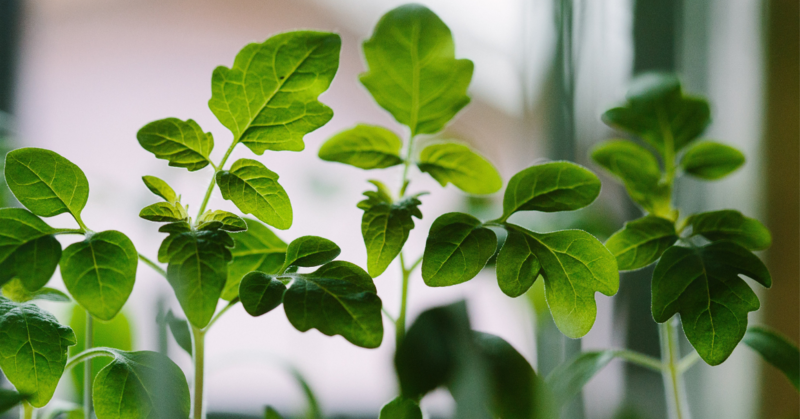
Source: Unsplash.com
Don't Give Up!
Propagating seedlings into sturdy young plants will need a lot of patience and perseverance as it would require one to segregate some time, attention as well as persistence.
That said, nothing comes close to the satisfaction that you come from plucking blooms from plants that you have grown from scratch or better, using those plants in your diet; pesticide-free and completely organic! So don’t give up regardless of the number of hiccups that you may experience or errors that you may make!
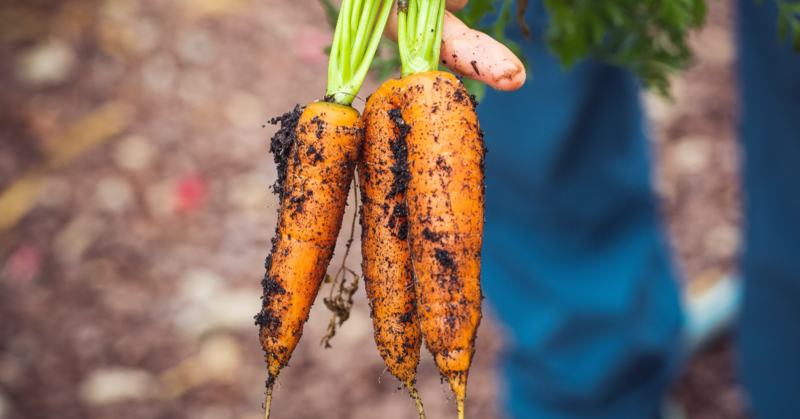
Source: Unsplash.com
Conclusion
Though this may be your first time propagating seedlings, following these easy steps could assure that your young plant is able to sustain until it is able to thrive into becoming an adult plant. Break a leg!
(By Viknesh Ashley Clarence, 6 August 2019)
